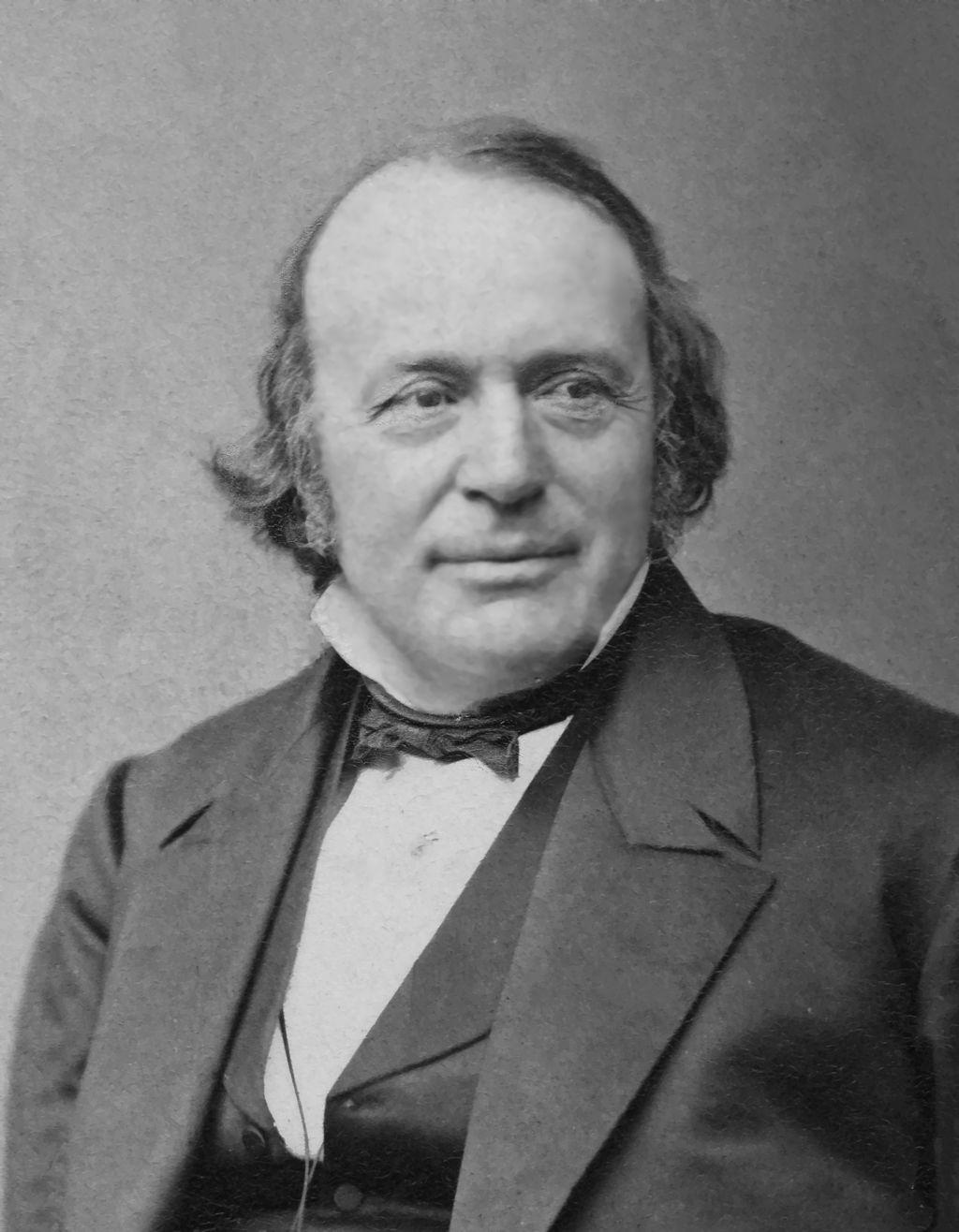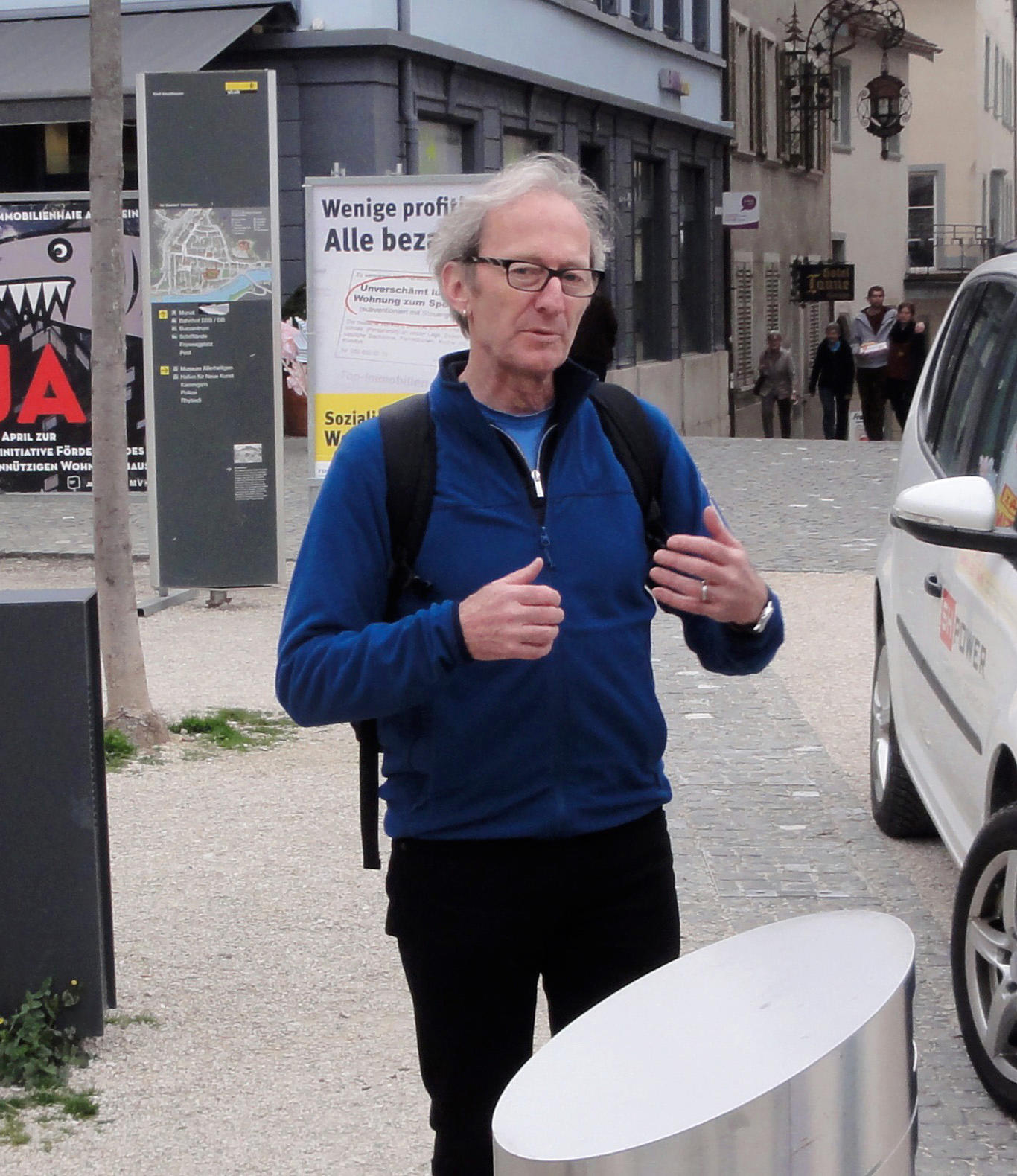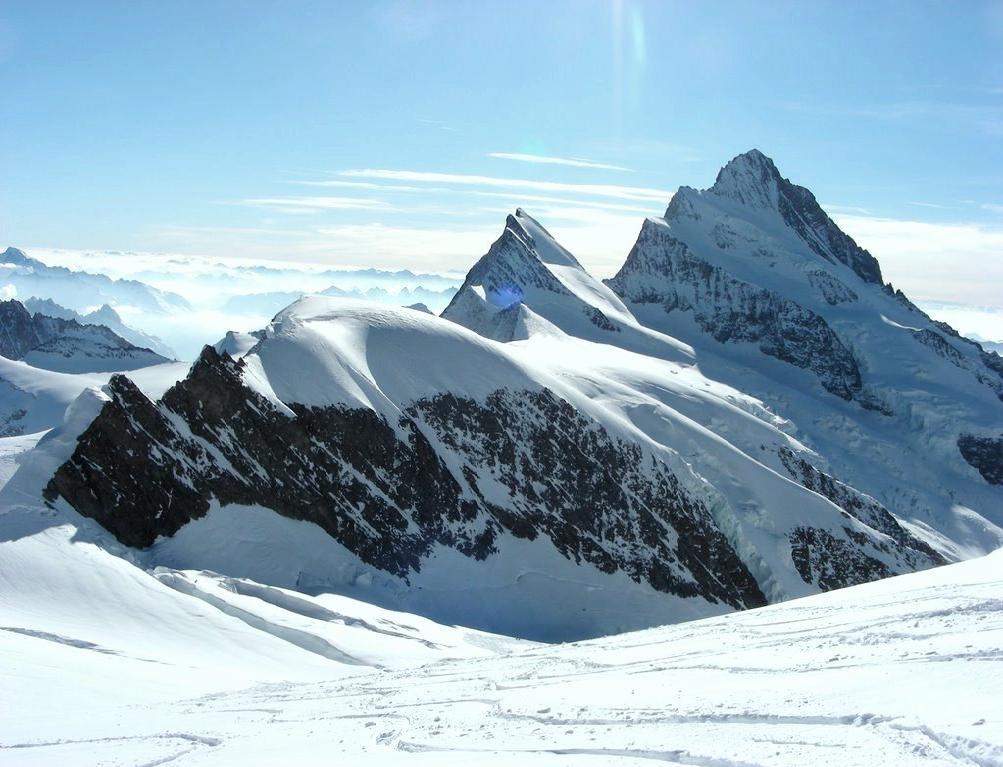Time to change the mountain named after a racist
The Agassizhorn is named after Louis Agassiz, a famous Swiss-American Harvard glaciologist who was also an irrefutable racist. Historian Hans Fässler argues that it’s high time the mountain was renamed, following precedents in the US and Germany. The idea has been rejected by politicians and towns but the Swiss Alpine Club is now considering the issue.
‘The Agassizhorn was named after Agassiz because he was a famous glaciologist.’ ‘We have no right to condemn Louis Agassiz’s racism because it seemed normal at the time.’ ‘It is wrong to erase the memory of a person: a mountain bearing the name of a racist is also part of our history.’ These are some of the counter-arguments we’ve heard since we launched our campaign against Louis Agassiz.

Had we believed in such arguments in the second half of the 20th century, we would still have a city called Stalingrad, as well as hundreds of Hitler streets, Hitler squares, Goebbels streets, Göring streets and Horst-Wessel streets. In Munich, there would still be a Von-Trotha Street, which was named after the commander of the first genocide of the 20th century; and the Wolayersee Hut in the Carnic Alps would still be called Eduard-Pichl Hut after an Austrian mountaineer who was a fanatical anti-Semite and managed to introduce the Aryan paragraph into his section of the German and Austrian Alpine Club.

However, is it fair to compare Agassiz (1807-1873) with Hitler? In our 2012 exhibition “Glaciologist, Racist: Louis Agassiz (1807-2012)” in Grindelwald, we displayed 12 quotes on a board asking the visitors which were by Agassiz and which were by Hitler. Hardly anybody managed to find the right answer.
In the very same exhibition we showed how Agassiz became one of the intellectual pioneers of Nazi eugenics: the books “Hitler’s American teachers” and “Rassehygienikern der Nazis” have proof of his way of thinking.
In 1929, the following quote by Agassiz was printed in “Volk und Rasse”, a magazine published by Otto Reche, an apologist of genocide, and Bruno Schultz, head of the Nazi Office of Racial Policy: “Anyone who doubts that mixed races are an evil or who tears down barriers separating the races because of misconceived philanthropy should come to Brazil. Here, there is no denying the consequent downfall of the amalgamation of the races as it is stronger than anywhere else in the world; quickly eliminating the best characteristics of the white man, the Negro and the Indian and creating an undefined bastard lacking physical and mental energy.”

Influencer
Agassiz divided mankind into races, postulating a clear hierarchy: he defined the “white race” as superior and creative, and described the “black race” as “ape-like”, incapable of following a culture and not belonging to the same mankind as whites. He categorically rejected miscegenation, considering it the cause of cultural deterioration. He described mixed race “hybrids” as inferior and wanted to force the state to adopt racial policies, including spatial separation of races as well as quickly getting rid of “hybrids”.
This ideology had a huge influence on the thinking of the fascist poet and Mussolini-admirer Ezra Pound as well as on the doings of John Kasper, Ku-Klux-Klan member and militant racist in the fight against the Civil Rights Movement. For this reason, the literary scientist Alex Marsh called Agassiz the “most influential scientific racist of the 19th century” in 2015.
So far, so alarming. And yet, every single institution has rejected our demand to rename the Agassiz peak, situated northwest of the Finsteraarhorn in Rentyhorn, and to instead dedicate it to the Congolese slave who Agassiz photographed in South Carolina in order to “scientifically” prove the inferiority of blacks. The Swiss cabinet, the House of Representatives, the cantons of Bern and Valais, the communities of Grindelwald, Guttannen and Fieschertal which share the peak, as well as the Jungfrau-Aletsch UNESCO region, all said no.
Recent examples
An example of a school in Cambridge, Massachusetts has shown that such a move can actually be done without completely wiping the Agassiz name off the face of the earth.
In 1874, the primary school was named the Agassiz School after the scientist, who had worked in Harvard at the time. However, in 2002 the school’s board decided to rename the school as it was no longer acceptable for its many Afro-American students to attend a school whose namesake believed in the inferiority of blacks. The school is now called the Maria L. Baldwin School in memory of its first black headmistress. However, there are still more than 60 towns, streets, lakes, glaciers, mountains, bays and animals that are named after Agassiz, not forgetting a crater on Mars and a ridge on the Moon.
It was only in 2014 that the last Wernher-von-Braun school in Neuhof in the German state of Hessen was renamed. After a long debate it was decided that despite having been a pioneer in space travel, von Braun was not a “suitable role model” for the students as he was also a member of the Nazi Party and was involved in the abuse of concentration camp prisoners and forced labourers.
In such historic awareness processes, the debate about responsibility, liability and connivance as well as crimes against humanity is often more important than the results. The next chance for such a debate will come in summer 2017, when the assembly of the Swiss Alpine Club is due to decide on a proposal to remove the 1865 honorary membership awarded to Agassiz.
Should the Agassizhorn be renamed or is this a part of Swiss history? Tell us in the comments section below.
Translated from German by Billi Bierling

In compliance with the JTI standards
More: SWI swissinfo.ch certified by the Journalism Trust Initiative










You can find an overview of ongoing debates with our journalists here . Please join us!
If you want to start a conversation about a topic raised in this article or want to report factual errors, email us at english@swissinfo.ch.